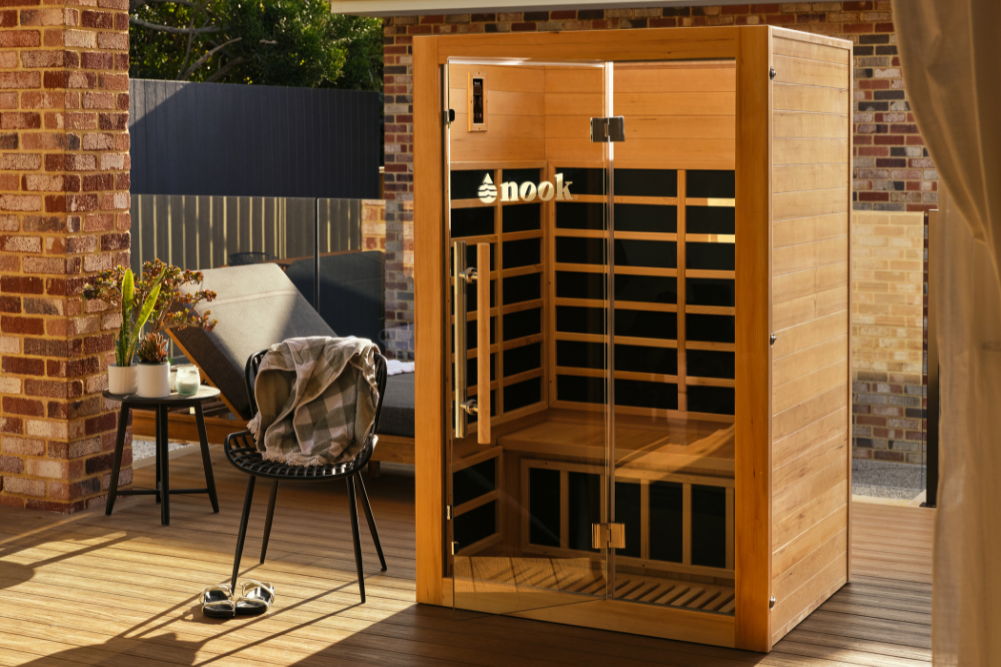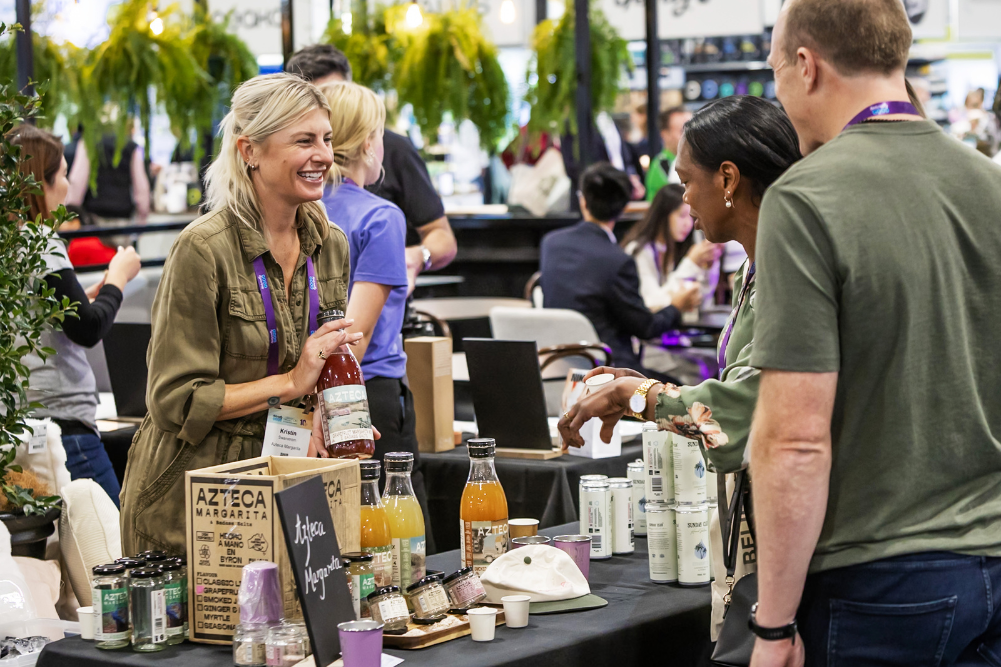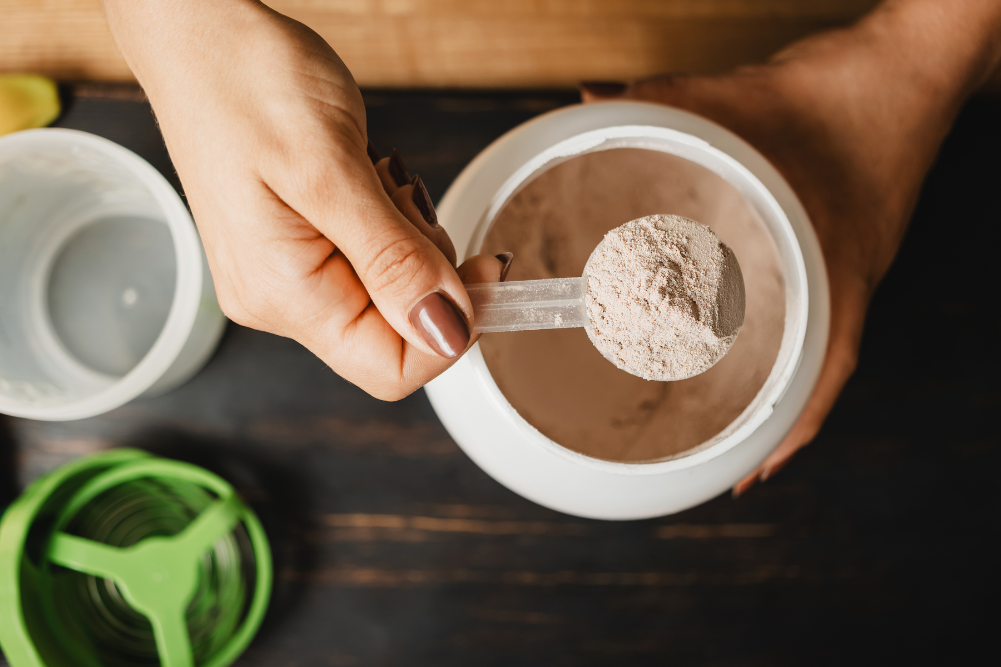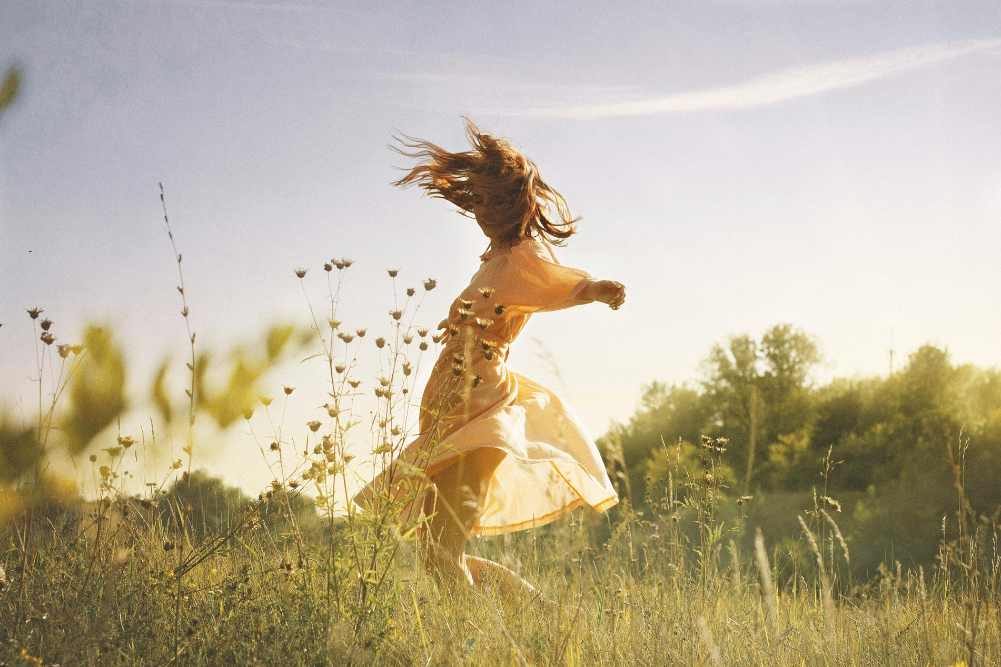Acupuncture may reduce pain from breast cancer treatment
A key treatment for hormone-sensitive breast cancer is the use of Aromatase inhibitors — a hormone therapy with tamoxifen and/or an aromatase inhibitor such as anastrozole, letrozole or exemestane. It is used to treat postmenopausal women and some premenopausal women also getting ovarian suppression. But this treatment has some unpleasant side effects such as arthralgias or pain and stiffness in joints. Arthralgia occurs in almost half of the patients taking this treatment and can be severe, which causes them to stop the treatment. Finding a way to alleviate the pain can help women with breast cancer tolerate the treatment and improve survival rates.
The six-week BPI worst pain score for women in the acupuncture group reduced by an average of 2.05 points.
To do this, researchers tested the effectiveness of acupuncture to reduce the joint pain related to aromatase inhibitors among postmenopausal women with early-stage breast cancer.
The effectiveness of acupuncture is not very clear and its benefits for pain relief have been questioned in the scientific circle. However, acupuncture has previously been tested for its potential to reduce arthralgias in women taking aromatase inhibitors. But the studies have had limitations questioning the effectiveness of acupuncture for women with hormone receptor-positive breast cancer.
To iron out these limitations, a new study involved 226 postmenopausal women with early-stage breast cancer. The study took place across 11 sites in the United States. All women were taking aromatase inhibitors and experiencing arthralgia.
The participants were randomised into three groups — acupuncture, sham acupuncture and control. The true acupuncture and sham acupuncture groups received 12 acupuncture sessions over six weeks (two sessions per week), followed by one session per week for six weeks. For the sham acupuncture, the needles were thinner and inserted less deeply into the skin. Also, they were inserted at non-acupuncture points. The wait list control group did not receive any intervention. All participants were offered 10 acupuncture sessions to be used between weeks 24 and 52.
The researchers used the Brief Pain Inventory (BPI) to measure the effectiveness of the acupuncture. Of particular interest was the “worst pain” category of the BPI, which is a measure of the worst pain experienced in the past 24 hours. The scale is marked from 0–10, with 10 signifying the most severe pain. All the women in the study ranked 3 or above before the trial began.
The six-week BPI worst pain score for women in the acupuncture group reduced by an average of 2.05 points, in the sham acupuncture group by 1.07 points and in the wait list control group by 0.99 points. The improvement in average BPI worst pain score among the women in the acupuncture group was significantly greater than the improvements in either of the other groups. Women in the acupuncture group also fared significantly better in pain severity and worst stiffness.
At 12 weeks, the acupuncture group’s average pain scores were still significantly better than those of the other two groups. However, for other BPI categories — worst pain, pain interference, pain severity and worst stiffness — the scores of the acupuncture group were not significantly better than those of the sham acupuncture group. Patients in the true acupuncture group also experienced more grade 1 bruising, compared with patients in the sham acupuncture group.
The researchers conclude that although acupuncture showed a statistical reduction in joint pain at six weeks in postmenopausal women with early-stage breast cancer and aromatase inhibitor-related arthralgias, these observed improvements still need further investigation to understand the pain-reducing benefits of acupuncture for women with hormone-sensitive breast cancer.
Source: JAMA








